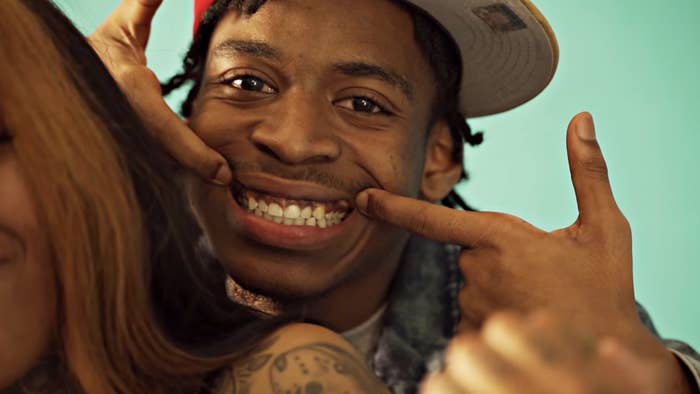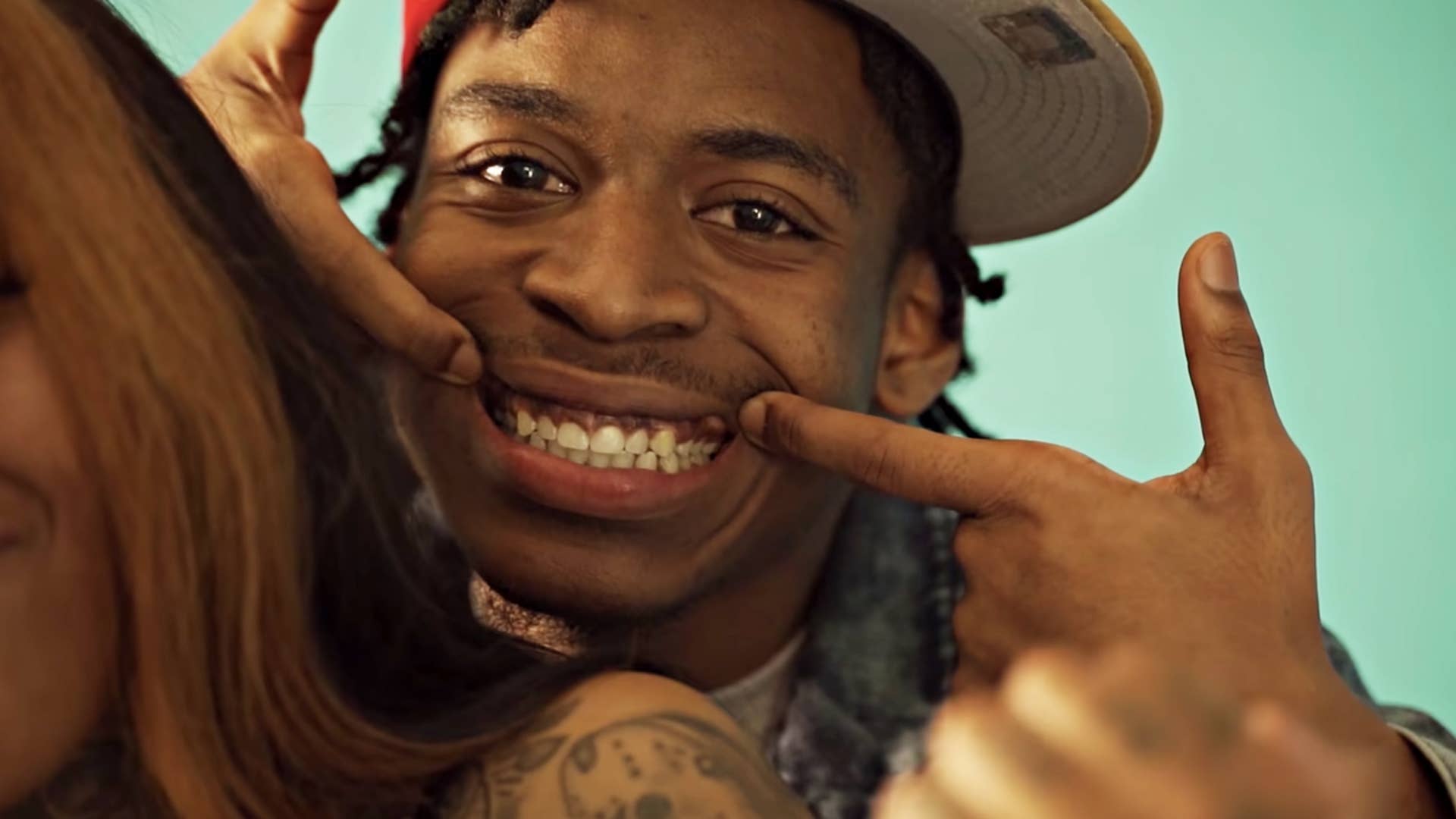
Anyone who has spent a significant amount of time watching rap videos on YouTube over the past few years has noticed a recurring song title in their recommended videos. “No Hook” has become one of the most common names attached to new rap songs, usually a sign that the artists involved are going to rap without being interrupted by a chorus or refrain. It’s the title of recent singles from rising rappers Mulatto and 2KBaby, as well as two different songs by YBN Nahmir and YBN Almighty Jay and Lil Yachty and Quavo, that have racked up 42 millions views between them. OJ Da Juiceman made arguably the most enduring addition to the “No Hook” canon in 2013, and it’s a song title that goes back decades. Even Shaquille O’Neal recorded a “No Hook” song in the ’90s.
Some of these songs technically do have hooks: a standout line, or even an instrumental or vocal sample, that catches the ear. What the songs don’t have are choruses. Hip-hop has played with songwriting form from its beginning; the genre was built on piecing together the catchiest parts of other songs to make new ones. In the mixtape era, generation-defining rappers like Lil Wayne and Gucci Mane often broke down song structures and built new ones, freestyling and punching in to make sure each line is as memorable as the last. More recently, the “No Hook” approach—one long verse with no chorus—has popped up in regional rap scenes in Detroit, Chicago, New York, Dallas, the Bay Area, the DMV, Memphis, and more.
As social media and music-based apps have taken hold as the primary marketing tool for artists, these platforms are reinforcing regional trends in song structure, allowing individual lines in chorus-less songs to become viral moments. Continuing an evolution that started well before the internet, artists in these regions are expanding the definition of what a hook can sound (and even look) like.
While many rappers from areas all over the country have made chorus-less songs over rap’s decades-long history, no one city has based as much of their current regional identity and sound on it as Detroit. In their video for their 2012 song “Da Mob,” the members of Doughboyz Cashout—the group that ushered in the most recent era of Detroit rap—each take turns guiding the camera through streets, houses, and local landmarks on the west side of the city. The camera focuses on each rapper for several bars before they tap in the next group member, and the song becomes a succession of short verses with memorable lines in each. “Da Mob,” and its video, is one of Doughboyz Cashout’s most enduring songs, and it’s a structure that fellow Detroit groups like Bandgang (and other rappers collaborating in the city) would run with.
Social media rewards an emphasis on individual phrases and lines over the traditional structure of choruses and verses.
At the same time, G Herbo and Lil Bibby’s early Chicago hit “Kill Shit,” a song that has itself inspired whole subgenres, played with the same chorus-less formula. And, just two years later, Bobby Shmurda’s “Hot N*gga,” and the “just caught a body ‘bout a week ago” hook, became a viral sensation.
Social media rewards this emphasis on individual phrases and lines over the traditional structure of choruses and verses. The ability to quickly download, clip, and share video also allows for a new type of attention-grabbing device: Bobby Shmurda throwing his hat in the air is a visual hook in the same way the “caught a body” line is the lyrical hook.
Detroit’s Sada Baby has been particularly successful at translating his city’s existing regional style into online moments. “Bloxk Party,” his 2018 collaboration with Drego, finds both rappers trading verses back and forth with no chorus, leaving punchlines like, “Big ass shotgun look like Lauri Markkanen,” and the song’s highly entertaining video, to fill in. More often than not, Sada Baby’s songs follow this same chorus-less formula, and, while he’s not topping Billboard charts, his songs consistently travel across the internet. “Free Joe Exotic,” his recent collab with Flint, Michigan rapper Bfb Da Packman, is a similarly structured song that’s made a big impact online. Instead of representing a ceiling, as it might have in years past, Sada Baby’s distinctly regional sound has become celebrated for its stylistic choices, rather than its ability to conform.
In between Drake’s Instagram caption raps and viral dance challenges, the wildest line in a Detroit rap song can also hold the internet’s fleeting attention.
The rise of music-based video apps like Triller and TikTok has further highlighted this trend away from hooks being something solely contained within a chorus. What works on TikTok is sometimes difficult to predict, though major labels are pouring marketing dollars into the platform to ensure their next hit. But there are clearly idenitifable elements of a song that do well on the app. Aside from the many dance trends coming out of the app’s usership, songs that do well on TikTok can prominently feature a drop (the part where the drums and bass come in) like on Comethazine’s “Walk.”
Songs that feature clever, off-the-wall lines also seem to do well. “Free Joe Exotic”—specifically the line where BFB Da Packman says, “She said she can feel it in her stomach, stop cappin’/ Ol’ lying ass bitch, my dick ain’t that big”—has now been used in over 80,000 videos. Flint rappers YN Jay and Louie Ray also have a minor TikTok hit with “Coochie,” specifically Jay’s line that features clapping sounds followed by, “Damn, her coochie loud.”
It’s clear there’s room for regional rap sounds and song structures to flourish online. In between Drake’s Instagram caption raps and viral dance challenges, the wildest line in a Detroit rap song can also hold the internet’s fleeting attention. Maybe this has already created a feedback loop of rappers looking to go viral in this way but, still, it seems to be changing the idea of what a nationally popular rap song can sound like—no glossy hook necessary.



